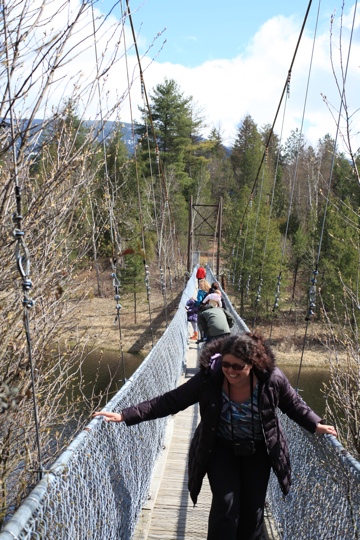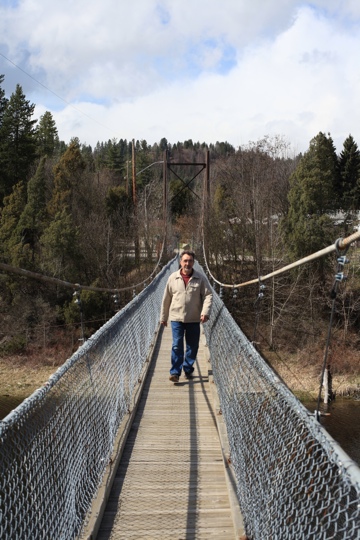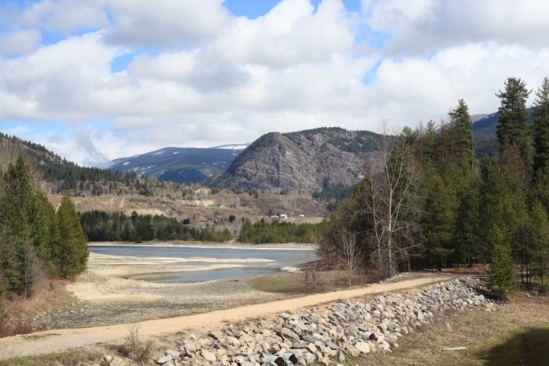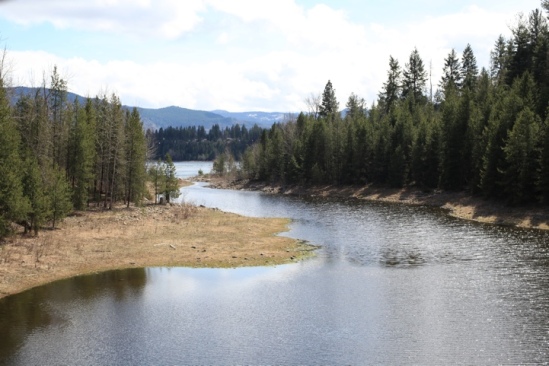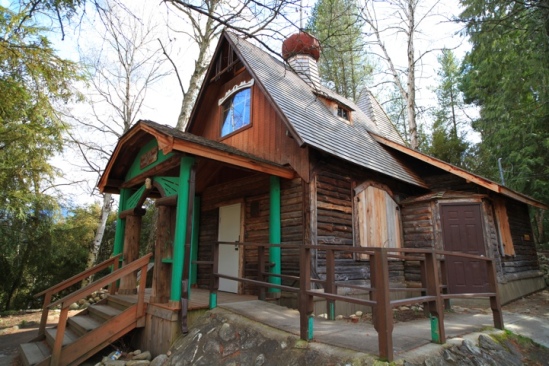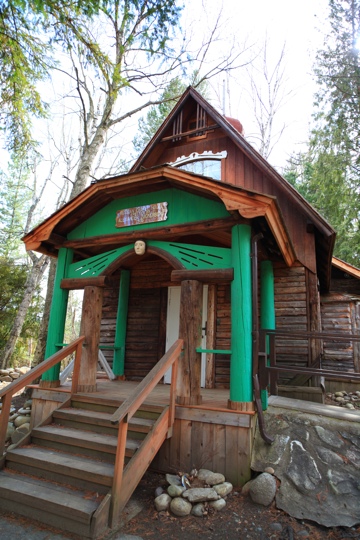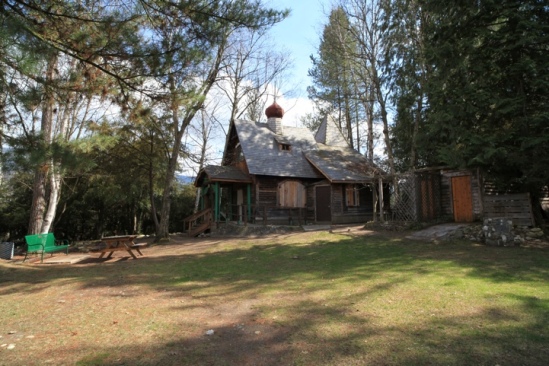Canon 5D and 24-105L
Around three years ago I lugged with me the following whenever I went on a day trip or vacation with the family:
– Canon 5D Mk2
– Canon 24-105L
– Zeiss 35mm
– Zeiss 50mm
– Zeiss 21mm
– Canon 430EX
– Filters
– Ipad
I had on hand – other than for wildlife photography – a lens for most occasions: landscape, portrait (the 24-105 was pretty good for this), walk around, architectural. All were catered for with some of the best glass that money can buy along with a fantastic body incorporating the a full frame sensor in the shape of the 5D Mk2.
What was not to like? Well, as I have mentioned in previous a blog, the biggest downside was the weight and bulk.
We would regularly take two trips to Canada and the States each year and from where we live this would invariably involve two or three flights. This big bag of camera gear had to be lugged on and off various aircraft with three tired children to manage and cajole with their assorted paraphernalia.
And then it got to the point where I didn’t want to carry this bag with me at all and so the decision was made was to downsize but get the best “small” camera I could that would rival the 5D’s full frame sensor and the quality of the Zeiss optics.
The M9 followed the 5D Mk2
The way to go? Leica (of course!). So I assembled a system around the Leica M9 with a 50mm Summicron, 35mm Summarit and 24mm Elmar. This little lot in small Billingham bag came to around half of the weight of the Canon/Zeiss kit in a much smaller bag. Oh and probably cost around twice as much! initial review of this camera is here: http://wp.me/p1hetB-as
I used the M9 for around 6 months. From an image quality perspective I will still say that in the right conditions it gave me the best “look” I have ever had from my photographs. Sharpness, contrast and colour were all superb. The Leica glass really lived up to it’s legendary reputation.
The M9 with it’s quirks – average sensor, poor screen, poor high ISO to name a few – was fun to use and really reconnected me with photography. It slowed me down and made me think a little more about shots.
But then the frustrations started. Whilst the size of the camera and the associated lenses meant I could take it anywhere I realised that I was missing more shots than I was getting. As I said above the majority of my photography takes place whilst vacationing with the family. It is one thing taking your time for a landscape shot but quite another taking pictures of the children playing, running or even moving.
Also, If the light wasn’t right getting focus was a pain using the rangefinder.
Also, when changing lenses the M9 seemed to attract more dust and dirt on the sensor than any other camera I had owned (it doesn’t have any form of dust reduction system) and post processing to remove the spots and splotches was becoming a chore.
So, despite the superb image quality and lightweight yet another system’s flaws start to outweigh the benefits……
Fuji X-E1 and 18-55 Lens
And so the M9 went and the 5D Mk3 was ushered in with history quickly repeating itself over size and weight. Eventually it was replaced by the Fujifilm X-E1 and 18-55 lens a review of which can be read here: http://wp.me/p1hetB-eY
The system fit the bill in terms of size and weight and now, owning one camera with one lens (albeit a zoom lens which offers a degree of flexibility) I am liberated.
Everything is simplified. No longer is there a requirement to consider which lens for which shot. With the Fuji 18-55 ( 27-82mm 35mm equivalent) lens, I have found is good enough for 99% of the situations I find myself in and the images I want to capture. From landscapes to portraits to cityscapes I have never felt short changed.
Admittedly it is not appropriate for sports or wildlife but for most other situations it is fantastic.
No more worry about dust or dirt on the sensor. Not happy with the field of view? Be more creative and find an interesting new one.
The other issue I had with all the lenses I used to own is that I was always looking for the next one to buy. One that could fit into a small segment of photography be it macro, portrait, wildlife, super wide angle etc. GAS (Gear Acquisition Syndrome) is a very expensive condition that always makes you feel as though you need that next fix, err lens.
Now I am happy with the one lens – if it doesn’t do exactly what I want I consider a way round it. I have enjoyed photography more than ever and for me, the sheer enjoy,eat of capturing an image you are later proud of, is what it is all about.





















